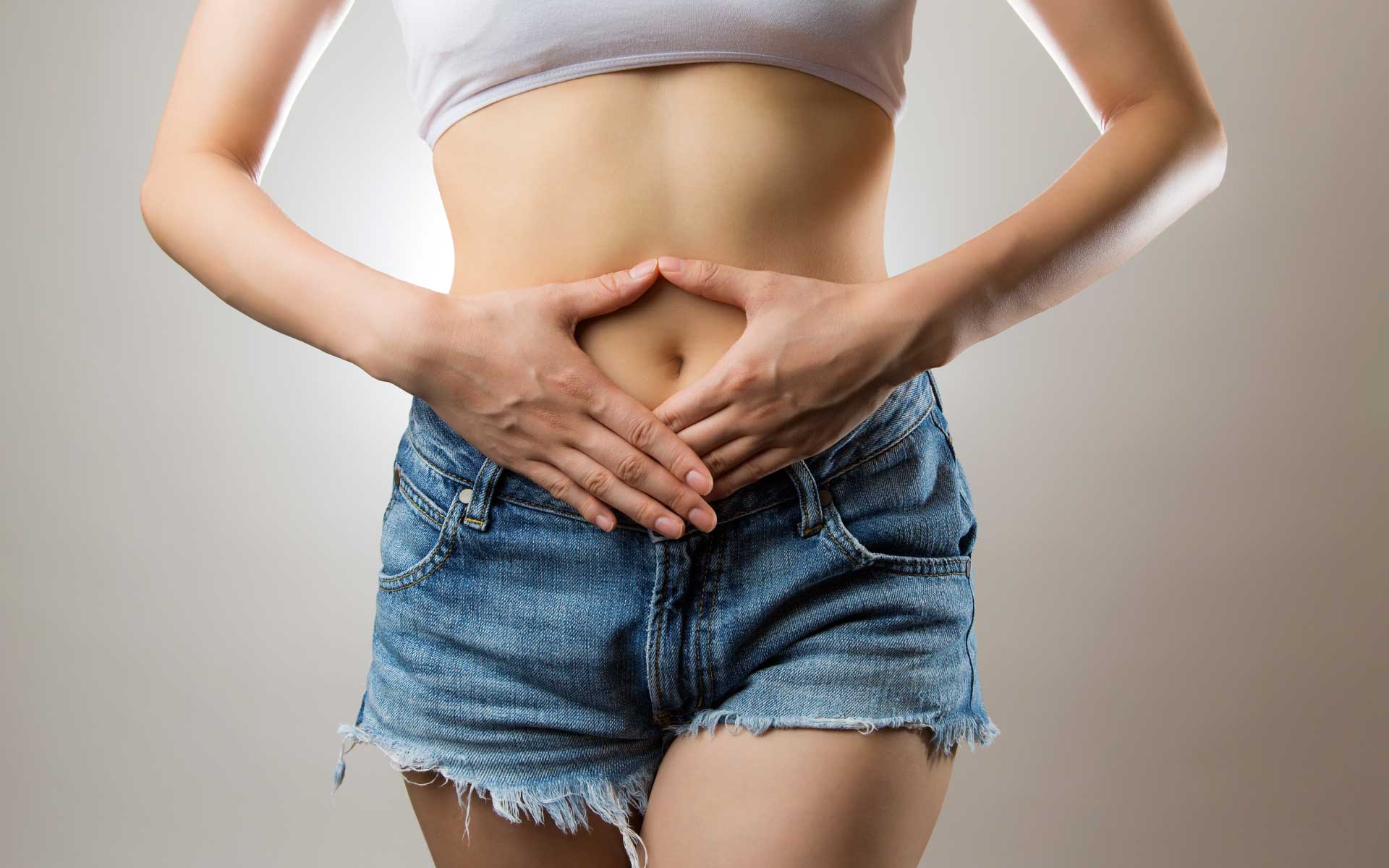Oestrogen has many forms. It helps to understand all the types of oestrogen.
Oestrogen is not one thing. Instead, oestrogen is a generic term that can refer to:
- Oestradiol from the ovaries(E2).
- Oestrone from body fat (E1).
- Oestrogen metabolites from intestinal bacteria.
- Ethinylestradiol from oral contraceptives.
- Xenoestrogens from endocrine-disrupting chemicals (EDCs).
Again remember; Phytoestrogens from plants. Phytoestrogens act so weakly on oestrogen receptors that they generally have a beneficial anti-oestrogen effect in women of reproductive age. They have a mild pro-oestrogen effect in menopausal women, which may be beneficial.
A quick reminder:
- Oestrone (E1) is the primary form of oestrogen that your body makes after menopause.
- Oestradiol (E2) is the primary form of oestrogen in your body during your reproductive years. It’s the most potent form of oestrogen.
- Oestriol (E3) is the primary form of oestrogen during pregnancy.
All three forms have varying levels of activity and specificity for different tissues. E2 is the most active of the oestrogens and is responsible for most of the actions attributed to the oestrogens.
Where is oestrogen made?
Oestrogen is made primarily in the ovaries of cycling women while smaller amounts can be converted from testosterone through a process called aromatisation. In menopause estrogen production shifts almost completely to aromatisation. The enzyme responsible for aromatisation is found in fat tissue, the brain, gonads, blood vessels, skin, and bone.
FUN FACT with Men:
Men need far less oestrogen than women and it is aromatised primarily from testosterone. Women who are still cycling have much greater quantities of oestradiol than men, but it is important to note that men do make oestrogen. In fact, the level of oestrogen in men is actually higher than the level in a post-menopausal woman which is why more females have cognitive issues in post-menopause relative to males.
CAUSES OF OESTROGEN EXCESS RELATIVE TO PROGESTERONE (YOU CAN HAVE LOW OESTROGEN YET STILL HAVE TOO MUCH RELATIVE TO PROGESTERONE)
- HORMONAL BIRTH CONTROL
The oestrogen ethinylestradiol is stronger than oestradiol, so it is a big dose of oestrogen. It can also damage the gut microbiome and impair oestrogen metabolism. - IMPAIRED OESTROGEN METABOLISM/DETOXIFICATION
All oestrogens must be detoxified in a three-step process through the liver and bowel, and then excreted. If this is impacted, oestrogen imbalance occurs. More in another post. - PERIMENOPAUSE
Oestradiol temporarily increases during the years before menopause, sometimes up to three times higher than when you were younger.
Tip: At its highest point, your oestradiol blood level should generally not exceed 270 pg/mL (1000 pmol/L). - INSULIN RESISTANCE – COMMON IN POSTMENOPAUSE
Insulin resistance can promote too much oestrone, which can be a problem with polycystic ovary syndrome (PCOS) and after menopause. - HISTAMINE AND MAST CELL ACTIVATION (MORE ON THIS LATER IN THE PROGRAMME)
Oestrogen stimulates mast cells to make more histamine and down-regulates the DAO enzyme you need to clear histamine. The result is more histamine, which,
unfortunately, then stimulates the ovaries to make more oestrogen. The net result is a vicious cycle of:
oestrogen → histamine → oestrogen → histamine.
For many women, symptoms of “oestrogen excess” such as PMS, period pain, and heavy periods improve by reducing histamine by avoiding cow’s dairy and other strategies. - OESTROGEN RECEPTOR HYPERSENSITIVITY
Your actual amount of oestrogen is only part of the story. It also matters how sensitive you are to it.
For example, you’ll be more sensitive to oestrogen (and not in a good way) if you have chronic inflammation or high histamine or are deficient in iodine.
You’ll be less sensitive to oestrogen if you consume beneficial phytoestrogens from legumes, nuts and vegetables.
Teenagers are more sensitive to oestrogen, so they can experience heavy periods. The most important steps you can take to help balance oestrogen is avoidance of environmental oestrogens such as the oral contraceptive pill (OCP), those found in plastics and hygiene products and ensure you have a regular bowel movement.
